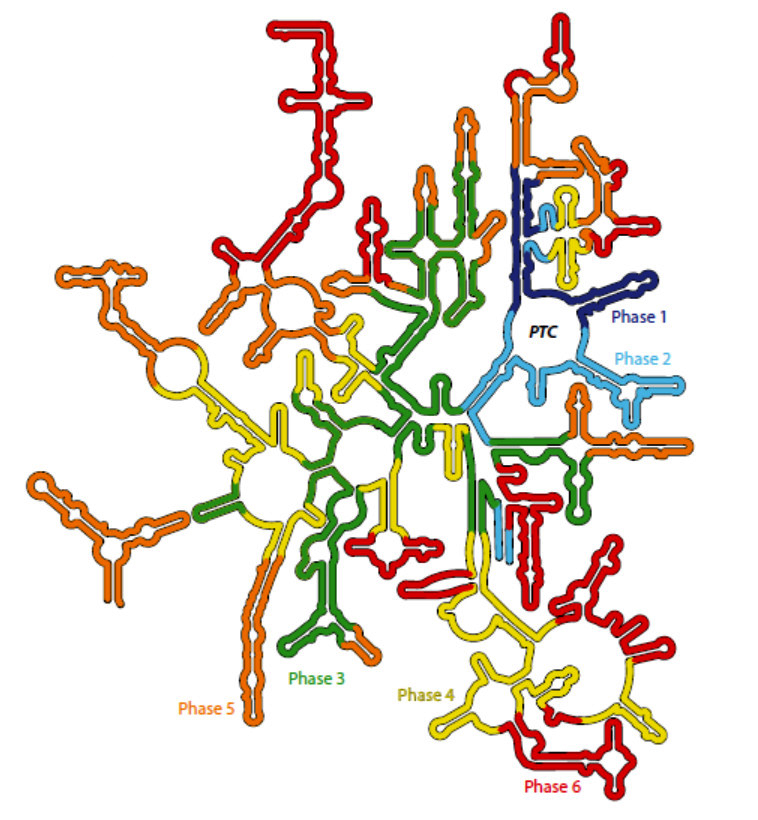The origins of life: novel perspectives over an old problem
Abstract
Life probably appeared on Earth around 4 billion years ago and was globally diffused within the next 500 million years. It is debated whether life emerged in a superficial terrestrial environment, as generally maintained by “primordial-soup” models, or in association with submarine hydrothermal vents. Simulation experiments show that abiotic formation of simple organic molecules from CO2 and H2, and of peptides from free amino acids is thermodynamically favoured under hydrothermal-vent conditions. In contrast, proposed pathways of abiotic synthesis of nucleotides and RNA fit better with superficial scenarios subject to wet/dry cycles. The “RNA World” hypothesis posits that a critical step towards life was the appearance of RNA enzymes (ribozymes) that catalysed RNA replication and random α-amino acid polymerization. The narrative presented here suggests that ribozyme interaction with peptides underpinned the emergence of populations of “protoribosomes” and virus-like RNA “protochromosomes” depending on each other for replication and subject to Darwinian evolution. The establishment of a genetic code coupled RNA and peptide evolution. RNA chaperoning of peptides positively selected self-folding peptide sequences, thus paving the way to the evolution of biologically active protein architectures. Association of informationally interlinked protoribosomes and protochromosomes with liquid-crystal bilayers produced the first protocells, self-replicating structures that evolved an increasingly complex metabolism by replacing ancestral ribozymes with more efficient protein enzymes. The addition of the Sec translocon machinery and of integral lipid-synthesizing enzymes converted self-assembled protomembranes into hereditary encoded membranes. The transition to DNA as the repository of genetic information established the genotype-ribotype-phenotype tripartite organization of modern cells. Cell evolution was the first and most conspicuous expression of ecological inheritance in life history. Primordial-soup models favour a heterotrophic ancestral metabolism, whereas the alkaline-vent scenario points to a chemioautotrophic origin. In line with the latter, phylogenomic analysis suggests that the last universal common ancestor (LUCA) was a CO2-fixing, H2-dependent, N2-fixing, thermophilic organism. Life utilized only a tiny part of the virtually limitless space potentially available in carbon chemistry, probably due to the need to control harmful spontaneous reactions in the overcrowded intracellular environment.
Downloads





